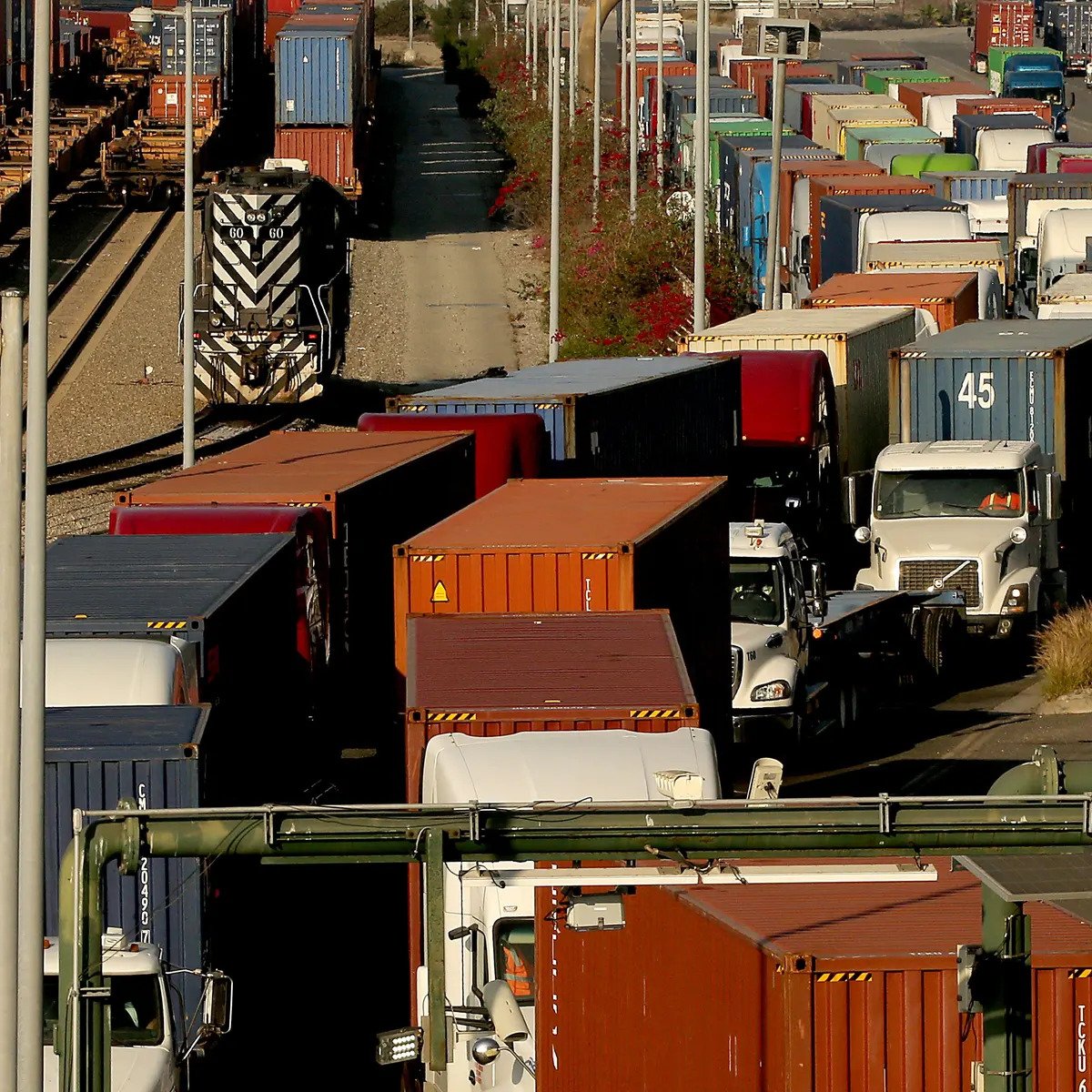The global supply chain has been through a whirlwind in recent years. From the onset of the COVID-19 pandemic to the massive labor shortages caused by the Great Resignation, ports and shipping industries have been hit hard. In this article, we explore what industry professionals have to say about these challenges and how businesses are attempting to overcome them.
The Domino Effect: Pandemic’s Impact on the Supply Chain
The onset of the COVID-19 pandemic in early 2020 brought unprecedented challenges to the global supply chain. With lockdowns and restrictions in place, manufacturing came to a halt in many parts of the world.
“The pandemic exposed the vulnerabilities of the global supply chain. We experienced a sharp contraction in supply coupled with an unexpected surge in demand as economies started to reopen,” says Linda Smith, a supply chain analyst.
This led to a domino effect. Containers were stranded at ports, there was a shortage of available ships, and the logistics networks were overwhelmed.
The Great Resignation: Adding Fuel to the Fire
As if the pandemic’s impact wasn’t enough, another phenomenon emerged: The Great Resignation. Millions of workers around the globe resigned from their jobs in search of better opportunities or work-life balance.
Robert Lewis, a port operations manager, tells us, “We simply couldn’t keep up. There were ships lined up for miles waiting to be unloaded. But we didn’t have enough dock workers, and those we had were stretched thin.”
The Great Resignation exacerbated the supply chain bottlenecks, particularly at ports where manpower is critical for operations.
The Struggling Shipping Industry
Shipping companies have also been in troubled waters. With container prices skyrocketing and capacity constraints, the costs have been transferred to consumers.
John Clarke, CEO of a medium-sized shipping company, explains, “It’s a vicious cycle. We have to charge more to cover our costs, but this leads to unhappy customers. On top of that, attracting and retaining staff has become a herculean task.”
Fighting Back: Strategies for Recovery
Despite the grim state of affairs, industry professionals are optimistic about implementing strategies to stabilize and bolster the global supply chain.
- Diversification: Companies are looking at diversifying their supply chains. According to Linda Smith, “Gone are the days when you could rely on a single source or region. Diversification across different geographies can add resilience.”
- Technology Adoption: Automation and advanced analytics are being considered to minimize the dependence on manual labor. For instance, some ports are looking at autonomous cranes and vehicles for loading and unloading.
- Human Resource Strategies: To tackle the Great Resignation, companies are revising their HR policies. Robert Lewis shares that they are now offering more competitive salaries, flexible schedules, and career development opportunities.
- Government Support and Policies: Governments around the world are beginning to understand the importance of a resilient supply chain. Incentives, support policies, and investments into infrastructure are on the rise.
Conclusion
The global supply chain is navigating through one of the toughest storms in recent history. However, through diversification, technology adoption, revamped HR policies, and government support, there is light at the end of the tunnel.
As industry professionals, companies, and governments collaborate to strengthen the fragile links in the supply chain, one thing is certain: The lessons learned during this period will shape the supply chains of the future.


Comments are closed